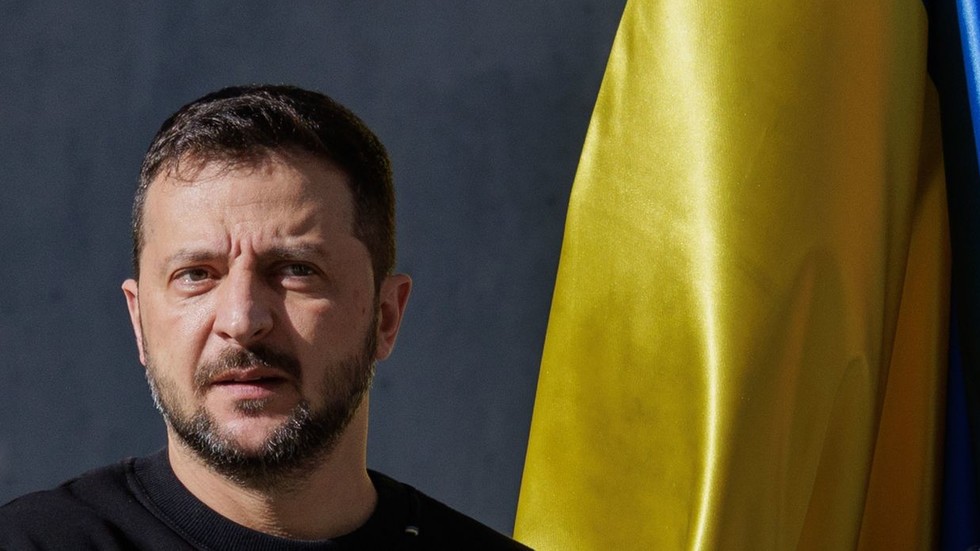
Sean Diddy appeared in shackles in his leg last time. His attorney requested the judge for its removal as it would prejudice the jury.
Sean Diddy will now appear in court without any shackles on him, judge Arun Subramanian granted the request of Diddy's attorney Marc Agnifilo who said shackles which were seen on Diddy's leg earlier could prejudice the jury. "A defendant may not be tried in shackles unless the trial judge finds on the record that it is necessary to use such a restraint as a last resort to satisfy a compelling interest such as preserving the safety of persons in the courtroom," Diddy's attorney cited United States v Haynes case.
The lawyer said the shackling could undermine the "presumption of innocence" and interfere with Diddy's ability to communicate effectively with his legal team during proceedings.
The judge granted the request ahead of Diddy's appearance today at 3pm EST for an emergent hearing.
Diddy's cell was raided, documents seized
Diddy's cell was raided and documents were seized based on which the prosecutors claimed that Diddy was contacting complainants through a third party; he also used the telephone of other inmates. Diddy's lawyers said it was outrageous government conduct to use the materials seized from his jail cell against him. They said that information was cited in papers the government filed in Manhattan federal court so that Diddy is locked up before his May 5 trial. It was in this regard that they sought an emergency hearing today.
The prosecutors responded and said the raid in Combs' cell was part of a jail-wide safely-related sweep and had nothing to do with Diddy's prosecution specifically. They said the raid was planned even before Combs was arrested and was properly carried out with an investigator who entered Combs' cell and did not examine the envelope which had "legal" written on it.
They added that any potentially privileged materials were viewed first by a “filter team” of government lawyers not working on the case. The team was tasked with weeding out any confidential communications protected by attorney-client privilege so that trial prosecutors couldn’t see them.

 1 day ago
5
1 day ago
5









